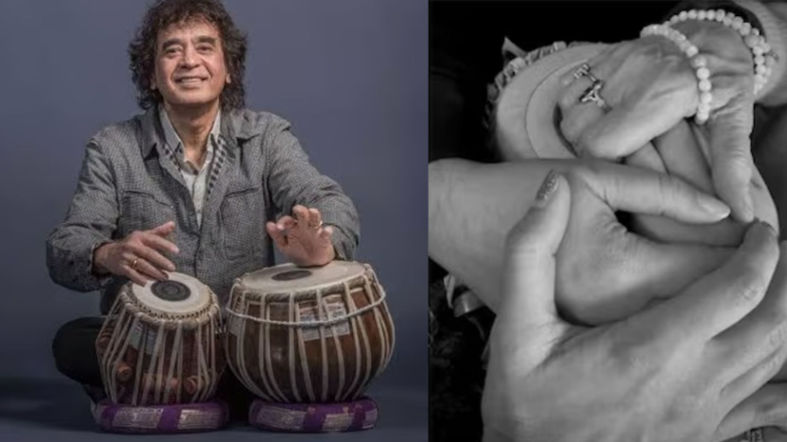International Women’s Day (IWD) is a global observance held annually on March 8th. This day is dedicated to acknowledging and celebrating women’s accomplishments, contributions, and advancements across various fields and throughout history. Additionally, it serves as a platform to generate awareness about gender equality and champion women’s rights.
Celebration: Celebrating International Women’s Day involves a range of events, campaigns, and initiatives aimed at empowering women, challenging gender stereotypes, and fostering equal opportunities. The day recognizes women’s social, economic, cultural, and political achievements while also acknowledging the persistent challenges they face on a global scale.
Theme: The yearly theme for International Women’s Day changes, reflecting the evolving issues and priorities within the global women’s rights movement. It is a moment to honor women’s achievements, amplify their voices, and advocate for ongoing efforts to create a more inclusive and equitable world.
History: The history of International Women’s Day can be traced back to the early labor and women’s rights movements of the late 19th and early 20th centuries. Originating from the Socialist movement in the United States, the first National Women’s Day occurred on February 28, 1909, in honor of a New York garment workers’ strike protesting poor working conditions.
In 1910, during the second International Conference of Working Women in Copenhagen, German socialist Clara Zetkin proposed the concept of International Women’s Day to champion women’s demands. The first official celebration took place on March 19, 1911, in several European countries, demanding women’s right to vote, work, and hold public office.
Significantly, International Women’s Day gained momentum during the Russian Revolution of 1917 when women textile workers in Petrograd went on strike on March 8th (February 23rd in the Julian calendar). This strike marked the onset of the Russian Revolution.
The United Nations officially recognized International Women’s Day in 1977, utilizing the day to spotlight gender inequality issues and promote gender equality and women’s rights.
Today, the global celebration of International Women’s Day involves diverse events, discussions, and campaigns centered on women’s rights, gender equality, and empowerment. Each year brings a new theme, emphasizing the need for collective action to advance gender parity.
In recent times, themes like #EachforEqual underscore the idea that individual actions, conversations, behaviors, and mindsets collectively contribute to building a gender-equal world.
International Women’s Day remains a pivotal moment for reflection, advocacy, and action towards achieving global gender equality and justice for women.













